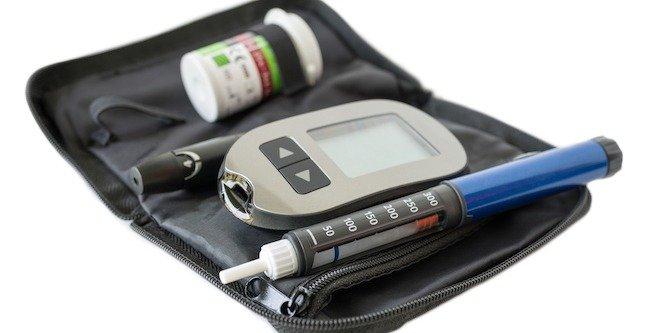Diabetic Supplies in Emergencies - Being Ready for Anything

Imagine a storm rolls in, the power’s out for days, and the roads are blocked. Now picture trying to manage diabetes without your usual supplies—no fridge for insulin, no way to grab more test strips. It’s a scary thought, but it’s one that anyone with diabetes might face during an emergency. Whether it’s a hurricane, a blizzard, or even a sudden travel delay, being caught off guard can turn a tough situation into a dangerous one. The good news? With some planning and the right diabetic supplies, you can stay safe and in control no matter what happens. Here’s how to be ready for anything.
Why Emergencies Matter for Diabetes Care
Diabetes doesn’t take a break, even when life gets chaotic. Without access to your supplies, blood sugar can swing wildly—too high risks complications like dehydration, too low can lead to fainting or worse. Think about real scenarios: a flood cuts off your pharmacy, a power outage spoils your insulin, or you’re stuck somewhere without your meter. These aren’t just inconveniences; they’re threats to your health. That’s why having an emergency plan—and the supplies to back it up—isn’t optional. It’s your lifeline when the unexpected hits.
Essential Supplies for an Emergency Kit
So, what goes into a solid emergency kit? Here’s the rundown:
- Monitoring Basics: You’ll need a glucose meter, plenty of test strips, lancets, and extra batteries. These keep you in the know, even if you’re off the grid for a while.
- Insulin and Delivery: Pack enough insulin for at least a week—more if you can. Add syringes or pens, and toss in an insulated bag or cooling pack to keep it safe without a fridge. Power might not be back soon, so plan ahead.
- Emergency Glucose Fixes: Low blood sugar can sneak up fast. Stock up on quick fixes like glucose tablets, gel tubes, or even hard candies—anything that boosts sugar in a pinch.
Building and Maintaining Your Kit
Putting this kit together is straightforward. Grab a waterproof, portable bag—something tough like a small backpack or plastic case. Aim for a 7-14 day supply, depending on your needs and storage space. Make a checklist so you don’t miss anything when restocking. Store it somewhere cool and dry, away from heat or dampness that could ruin supplies. Every 3-6 months, check it over—swap out expired insulin or strips so everything’s ready to go. It’s like keeping a spare tire in your car: you hope you won’t need it, but you’re glad it’s there.
Using Supplies During an Emergency
When chaos strikes, stick to your routine as much as possible. Test your sugar and take your insulin at the usual times, even if stress makes it tempting to skip. If supplies start running low, talk to a doctor (if you can) about safely stretching them—maybe smaller doses or fewer tests, but only with guidance. If your meter’s battery dies, you might need to lean on symptoms (shakiness, sweating) to guess lows, though it’s not ideal. The goal is to adapt without panicking—your kit gives you that flexibility.
Conclusion
A well-packed emergency kit with diabetic supplies isn’t just smart—it’s a game-changer. From meters to insulin to quick glucose fixes, these tools keep you steady when the world’s anything but. Taking a few hours now to prepare means peace of mind later, knowing you’re ready for storms, outages, or whatever else comes your way. It’s about power: the power to manage your health, no matter the odds.
Want a head start? Check out Diabeticpro—they are a go-to spot in the USA for diabetic supplies, with a wide range of options for emergencies and everyday use. Their shelves have everything from testing gear to backup solutions, so give them a look online or in-store. Build your kit today, share the plan with your loved ones, and rest easy knowing you’ve got this covered.
Post Your Ad Here
Comments